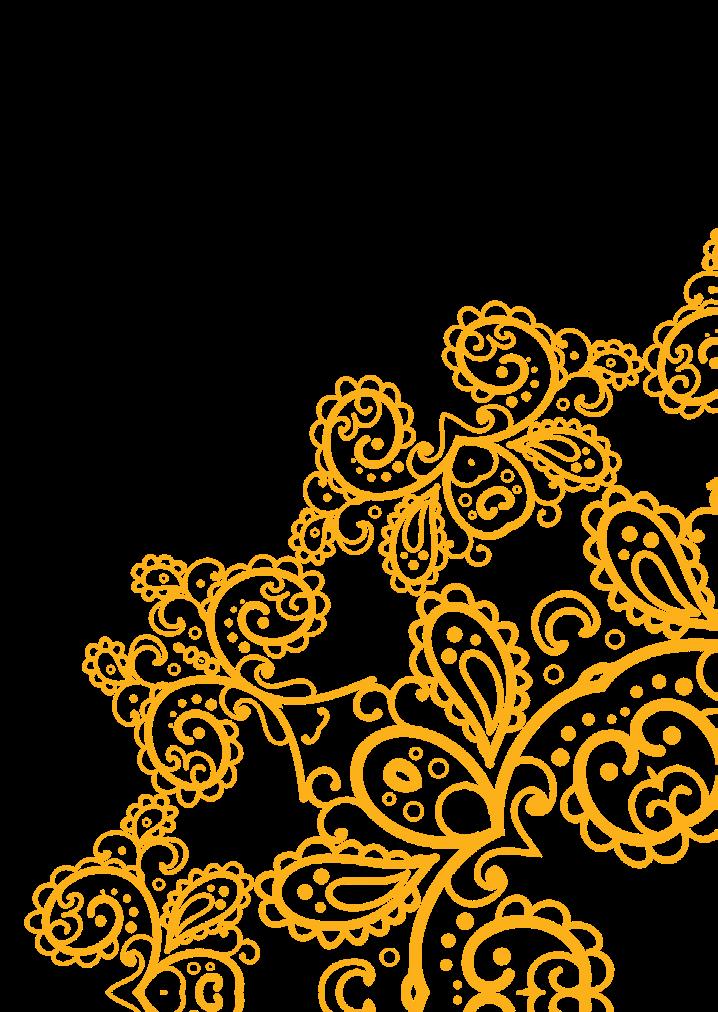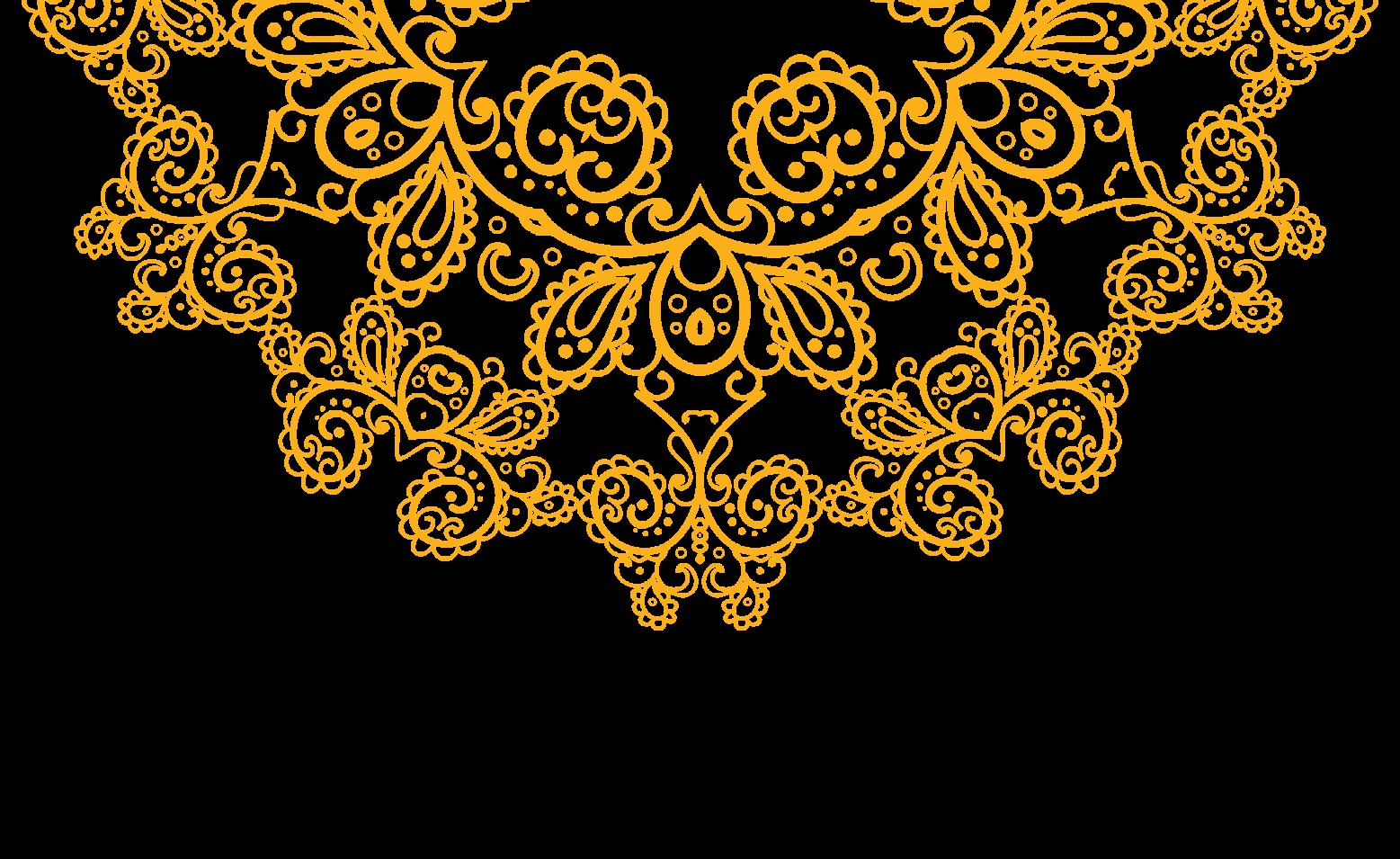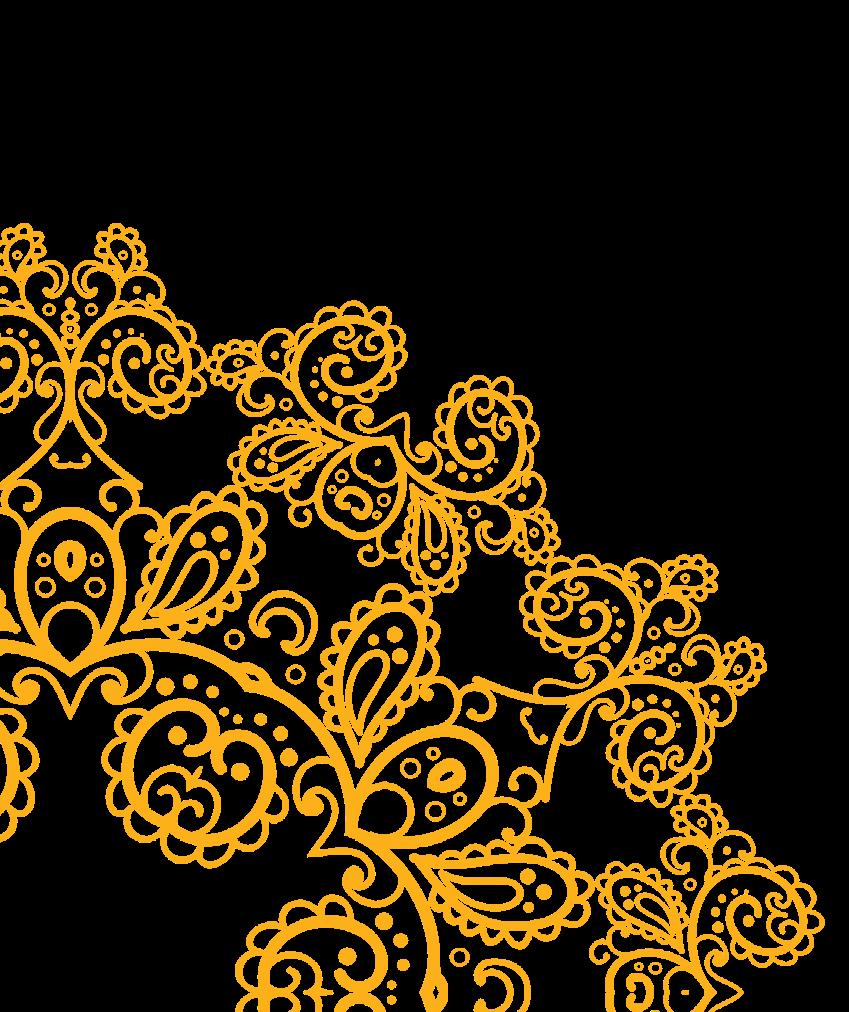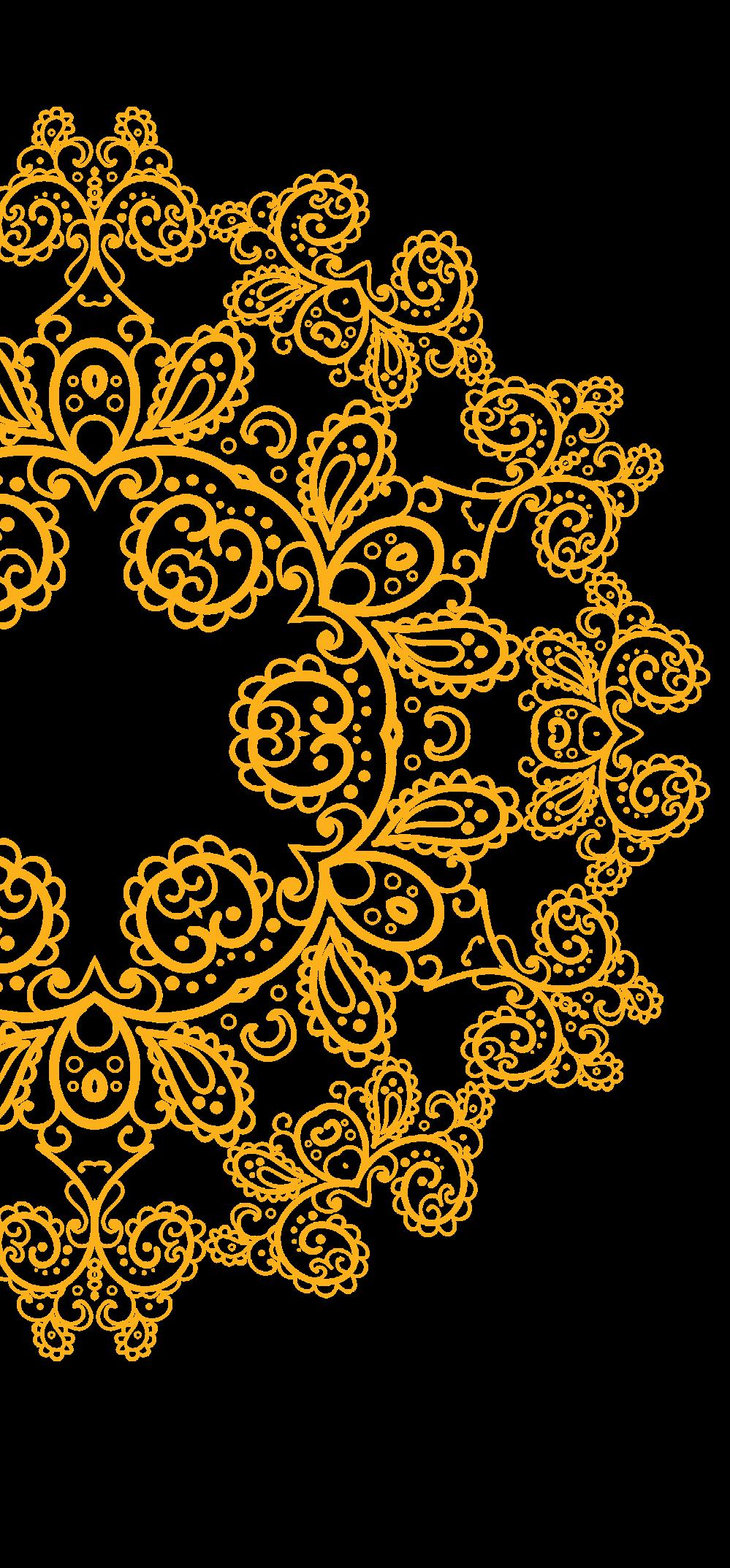
9 minute read
NOW YOU SEE US, NOW YOU DON’T
I came out to the people around me as soon as I realized I was bisexual. Not knowing myself had felt like I was a puzzle with a missing piece, and one word completed something that I wanted to share with the world. I don’t remember the subsequent events in chronological order, but I remember a 14-year-old met with denial, several claims that I’m going through a phase, and that I’ve simply spent too much time on the internet.
Sometimes, people question their queerness for years: finding, exploring, and rejecting labels until they find the one. When I came out, I had none of that. I had only an agenda, furthered by the subtle eye-rolls from straight friends, to make people around me understand that LGBTQ+ people are normal—and prevalent— everywhere.
Advertisement
As an aggressively queer 14-year-old, I purposefully found media that depicts queer folk with normal lives. People around me thought I was too young to know my sexual orientation, and I hoped that TV shows and movies with queer characters would help my family understand some parts of the LGBTQ+ community. While I monitored my family’s Western queer media consumption, I simultaneously ignored a bigger problem: I knew I liked girls, but I didn’t know how to like girls. The Hollywood outreach program did not teach me how to think about girls. Women often became a sport for men in my misogynistic surroundings, and I began impersonating these men—parts of my gender identity wanting to become one.
You must take a step back and comprehend the scoffs and “It’s a phase” accusations that compelled me to overcompensate constantly. In rooms of girls my age, I would stare at them as I had seen men do, somehow believing that my stare was less toxic.


The Indian media my generation was raised on is exclusively heteronormative, and Indian culture does not always accommodate conversations about love and sex, much less queer versions of it. (One of my best friends says, “We talk too much about respect and not enough about love”). I looked for instructions on how to be queer and Indian in Indian media and came up with nothing. Five years later, I am more and more convinced that I was wrong: there is a subculture of queer love in Indian art, books, and other media. But between the criminalization of homosexuality and the cultural taboo that deems queerness disgusting, it feels like this subculture has been buried.
I had no way to access it as a young teenager. Even if there were gay books by brown authors, what would have happened if someone saw me reading them? How would I have ever justified seeking representation about something that people couldn’t even say without crinkling their noses? In trying to differentiate myself from straight men as a queer, nonbinary person but being unable to find culturally similar tales of women who love women, I became more and more unsure of myself and my entire community.
A strange fear would swell in me (sometimes, it still does) that I must choose between being queer and being authentically Indian.
I chose the part which made me feel safer; that is, being unapologetically queer. Being myself. I felt confident that I could take on the world and was happy to be walking in my own shoes. Accepting myself was, still is, the best way for me to feel at peace. It wasn’t difficult, either. I was part of the generation that had Pinterest and Tumblr and Hayley Kiyoko. I knew how to dress gay: I wore my flannels and converses religiously. I cuffed my jeans as much as the next bisexual, and it worked. I found solidarity in strangers who included queer cues in their appearances—it’s funny how eye contact and silent nods could be enough to make me feel seen.
Often, I would sift through clues in my peers’ jokes and memes to find the queer ones, I’d spend hours on Instagram pages trying to find rainbow emojis that can be easily explained by simply liking the colours. There is a language of the closeted community and we’ve all learned it; we speak it openly and are only heard by those who speak it too.
As I started sniffing out gay friends, I realized the importance of my rainbow network. Straight and cis people can unwittingly play the devil’s advocate. (I did not, and still do not, have the heart to explain that the sentences “I don’t like it when he says things against gay people,” and “Well, maybe he doesn’t like that you are gay,” are not equal in their hurt). My gay friends, of course, are immune to such fallacies. In matters of homophobia, we know what the other person feels without explaining it, and we can defend queer rights more aggressively in others’ houses to change each other’s parents’ perspectives.
By the time the COVID-19 pandemic hit, I was already out to my parents. My friends were not so lucky. Most nights, after our family members get tired of each other and go to bed, a cult of the queer kids assembles on Zoom. We talk for hours, sometimes paint and draw in silence, and sometimes just watch as one of us tunes their ukulele and fails.
During this pandemic, I felt less alone than I ever have felt in my entire life. For the first time, I had a normal friend circle made of “abnormal” people, and I fit right in. The gaydar I had developed and polished helped me, not in finding a girlfriend as Bollywood men had promised, but in finding a chosen family. I’m unashamedly proud of this family of gay stereotypes, too (I mean it: out of over 15 people I regularly talk to, not one of us can sit straight), and I do declare that my queer-identifying skills are something others envy. Eyecontacts in grocery stores are a testament to my incredible gaydar; it simply always works, right?

Wrong. It works right until the point I have to wear Indian clothing for a wedding, push myself into lehengas, and feel ecstatically beautiful with only a tinge of gender dysphoria and a lot of invisibility. I am no longer the queer whisperer when I’m at weddings. Instead, I’m masked with heteronormativity; I can’t find anyone else to sit next to, anyone who feels a bit more like family and safety. Nor can I bring myself to ask, between the pulsating beats of Bollywood music, “Hey, do you listen to girl in red?”

Weddings are one of the places in India where people from metropolitan cities abandon their daily connections to the Western world and embrace a different version of themselves. Feeling invisible at weddings brings me back to the question that holds me together and pulls me apart: where is Indian queerness?
In countries like mine, homophobia is simpler to track. Section 377 of the Indian Penal Code was introduced by the British in 1861 and resulted in widespread, societal homophobia. It took the Indian queer community over 70 years after the British had left to decriminalize homosexuality. The British Raj also classified the Kinnar community (though there is no direct English translation of this gender, the community can be thought of as comprised of trans people, intersex people, and eunuchs—and also known as the Hijra community) as a “criminal tribe,” leading to a still-prevalent stereotype of Kinnar folk being filthy and immoral.
Anti-LGBTQ+ laws due to colonization are not India’s problem alone. Variants of Section 377 still exist in Bangladesh, Singapore, Jamaica, Pakistan, and Myanmar. Every time cis and straight people around me argue that being gay is a Western influence, leading more and more Indian youth to believe that they aren’t straight, I bring up how India’s societal homophobia and disgust is a repercussion of the British Raj or conservative people benefitting from the patriarchy. As soon as I do, the topic either changes abruptly, or I’m dismissed as one of those feminist kids who are too assimilated into the Western civilization to know what real Indian roots are.
Ancient queer culture can be tracked easily too. Babur, the founder of the Mughal Empire in India, had a crush on a boy so sweet that he would shy away from talking to him. Hindu mythology has several gods who don’t abide by the gender binary, change their genders, and have same-sex relationships. The Kinnar community has been around since ancient India, and the community has very much been a prominent and vibrant part of our society. Somewhere along the way, queer history was overlooked due to colonization and conservative people benefiting from patriarchal constructs that suppress queer people.
The more I think about the present queer culture, the more I’m aware of the bubbles Indians occupy. It seems to me that the majority of the cisgender heterosexual population believes they do not know any queer people. Often, I meet people who’d gleefully tell me that I’m the first queer person they’re meeting. My openly gay friends and I notice how straight parents try to shield their children from us.
Queer people like me live in a bubble where we acknowledge queerness and form communities where we are safe but often slip away from our heritage. My privilege allows me to connect with queer people everywhere: I’ve made queer friends at UofT by spotting their political interests and by noticing the sliver of blue in the pansexual flag in their dorm room visible over Zoom. I perhaps even chose Vic— allegedly, the queerest college—because the atmosphere of openness appealed to me. It was only after coming to Vic that I realized that it was known as the queer college; queer people seem to unwittingly attract each other.
I quickly find communities wherever I go, yet the one I was born into perplexes me. Repeatedly, I mould and break what it is to be a queer Indian.

This past year, UofT allowed me to observe different cultures, trying to detect everything from microaggressions to subtle hints in social cues (the words gay and lesbian, for example, cannot be said in India in front of children without people glaring at you or kicking you out of the room—apparently, this does not happen everywhere). While queer populations in each place creates warmth, Indian expectations of our personal lives are different from our Western counterparts.
What we want out of our families is still very much Indian. I still see myself with a family that observes informality and brotherhood in a way our parents’ families did. While community-style living in India has had its patriarchal roots, my queer friends and I find that we can handpick what we want our families to look like. Often, our parents, grandparents, and other victims of patriarchy followed a regime that Indian families often do: like being there for each other unduly and partaking in raising of their siblings’ children. While they often do it as a duty, we can choose to do it out of love. Same conclusion, same heritage, different intentions.

Reflecting on what goes wrong for LGBTQ+ Indians who are estranged from themselves and the people around them, I believe I’ve come up with a cure to reverse the alienation. What hurt us is the way others perceived and interacted with us. However, within the safe space of a queer Indian circle, we can choose to reverse the gears and rediscover our roots—which, as all things that are already a part of you, comes naturally. Not one Indian I know has the ability to return empty Tupperware; not one of us will refuse the teatime in lawns while we talk about everything there is to talk about. When we truly get a chance to be ourselves, we are the same people as straight Indians.

That said, I’ve also realized that Gen-Z as I know it, with all the access to Western civilization we need, is not the face of this revolution. Parts of this re-acceptance of queer people in India comes from those who are more detached from the Western world and grew up in more Desi cultures than me. And then, they make their own culture, their own chosen families. They reinvent parts of being Indian in a way that retains their queer identities when the dust of resistance dies down and they’re left with their home.
India is a complex place, with much history, and many distinct roots attempting to coexist. After Section 377 was shot down, India has seen a surge in acceptance queer people, including a sparkle of gay representation in Bollywood. However, since queer acceptance in India must go beyond legal rights and all the way to change in perception about queer people, it is not entirely parallel to the growth of LGBTQ+ rights in other places.
Every year, I learn something more about where I stand in this gay revolution. My position is not to educate my parents on Western queer representation, and my purpose as a queer person keeps changing. These are tectonic plates of hundreds of years of oppression and change: subcultures in different geographical and religious communities of India combined with the remnants of the British Rule are amalgamating and forming something functional. Thus, it becomes critical for all of us to take a step back to consider where we each stand in this revolution.
The 14-year-old who started their journey inside a perpetually never-ending closet that encompasses all of India tried hard to look for directions on how to be queer. I tried fighting for a place within the already existing society. I was wrong. We are supposed to make our own space; create our own instructions on how to be a modern queer Indian rather than seeking it elsewhere.







